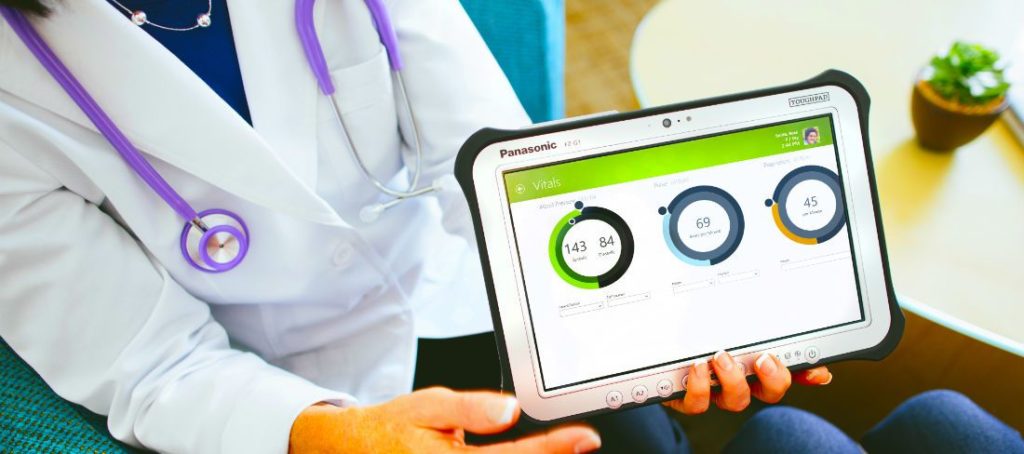
Personalizing epilepsy care with wearable + analytics
It’s exciting to see how health organizations are providing personalized care and engaging patients in managing their health conditions using the Internet of Things (IoT) and cloud analytics.
A powerful example comes from Poole Hospital NHS Foundation Trust in the United Kingdom, which is testing an eHealth solution that could transform treatment for epilepsy patients and make a real impact on their quality of life.
Together with Shearwater Systems and its sister company Graphnet Health—both Microsoft partners—and the University of Kent, Poole Hospital developed myCareCentric Epilepsy.
With the solution, epilepsy patients can wear a Microsoft Band to record data such as sleep patterns, exercise, heart rate, and temperature. They can also use a mobile app to note additional data about their diet, social activity, or medication, and when they suffer a seizure. The platform uses Graphnet’s CareCentric shared records software to add related data from community, social care, and clinical settings. The combined data is stored in Microsoft HealthVault, hosted in the Microsoft cloud, where it can be safeguarded and accessed in a secure manner by clinicians and patients.
Personalized health and patient engagement
Rather than only seeing an epilepsy patient a few times a year, clinicians could use myCareCentric Epilepsy to gain more of an ongoing, complete view of their patient’s condition. They could see in real time which interventions are working and which aren’t. That way, they can adjust medications when appropriate and tailor treatment for each individual patient.
The solution can also help epilepsy patients better understand any lifestyle factors that may be contributing to their seizure risk, so they can be more engaged in managing their condition.
The potential to detect—and even predict—seizures
Poole Hospital has been conducting trials of myCareCentric Epilepsy since the beginning of 2016. And as the data sets from the trials grow, the University of Kent will build intelligence about seizure patterns. They’ll use Microsoft Azure Machine Learning to develop algorithms and classifiers that could ultimately be used to detect seizures for a large proportion of patients.
That means that myCareCentric Epilepsy could help alert care teams and family members when a patient has a seizure.
Even better, the hope is that the solution could eventually help identify—through pattern recognition—when a seizure is about to occur and warn patients and their support network before it happens. Imagine the potential this could have for improving safety for epilepsy patients and helping to prevent emergency room visits.
Join me—in person or virtually
I’ll be discussing Poole Hospital’s myCareCentric Epilepsy user trails in more detail during my presentation at IOT Solutions World Congress in Barcelona, Spain, on October 25th as well as on December 2nd during Health Slam ’16, a virtual conference on IoT for healthcare. I hope you’ll join me at one or both of the events.
Learn more
In the meantime, you can watch a video to hear from not only the innovators involved in creating myCareCentric Epilepsy, but also a patient who shares what it means to him in this Microsoft News Center UK story. And for even more detail, read the Poole Hospital case study.
I look forward to seeing more of our partners take advantage of IoT and machine learning to help health providers advance precision medicine and improve quality of life for patients in other disease groups.




